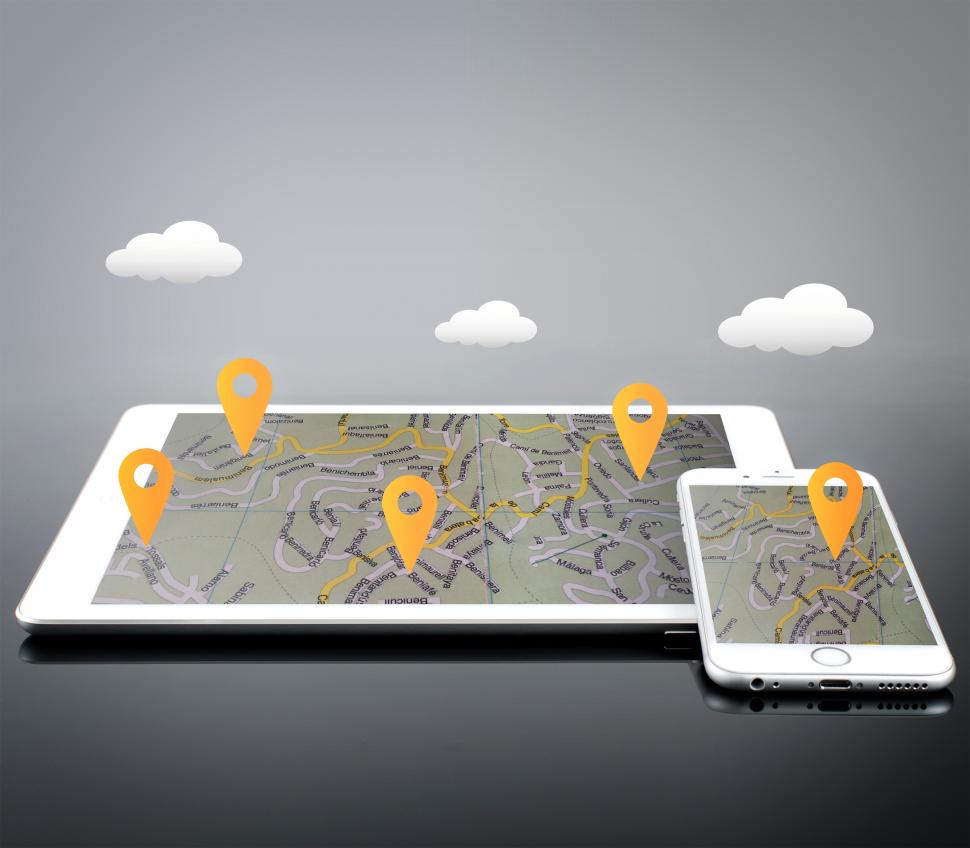- Free Consultation: 401-552-5000 Tap Here To Call Us
Self-Driving Cars Could Be on The Road Sooner Than You Think

The U.S. House of Representatives passed a bill last week that would speed the introduction of self-driving cars to the road. Following a rise in deadly car crashes in recent years after a decline, proponents say that self-driving vehicles could help remove the human error factor that causes about 94% of fatal car crashes in the U.S. each year. As personal injury attorneys who help injured car accident victims daily and see the gravity of serious vehicle accidents, we realize finding a way to eliminate the bulk of car crashes, collisions and related injuries and deaths would be tremendous. Police in Providence and throughout Rhode Island respond to vehicle accidents with injured victims multiple times a day due to distracted driving and human error. Is it really possible to remove all human error from driving with self-driving cars and greatly lessen crashes and save lives?
SELF DRIVE Act
The SELF DRIVE Act (Safely Ensuring Lives Future Deployment and Research in Vehicle Evolution) passed through the House with a two-thirds vote. In summary, the proposed bill would give the National Highway Traffic Safety Administration (NHTSA) the power to regulate the design, construction, and performance, of self-driving vehicles. The NHTSA is responsible for doing so now for driver-operated vehicles. Individual states, including Rhode Island and Massachusetts, would keep the authority to dictate vehicle registration and licensing. The NHTSA would be given a timeline to come up with safety rules and performance standards that automakers must meet for the autonomous vehicles. The vehicle manufacturers would be required to provide a plan for how its passenger’s privacy would be protected- for example, where does the passenger travel to each day and what are its driving style preferences? How will this information be kept private? The legislation would also increase on a yearly basis the number of autonomous cars that are able to travel and be tested on public roads.
How a Self-Driving Car Works
Today’s self-driving vehicles work with a combination of technology including sensors, cameras, radars, and laser systems. With tech advances every day, these safety systems change and improve quickly. Proponents of the vehicles say with these types of systems in place, lives can be saved by eliminating the human error that causes most crashes and thereby preventing personal injury and saving human lives. However, we wonder how this technology will account for various weather conditions such as wet roads, black ice, or fog causing poor visibility? Can the systems detect a pedestrian or a dog running across the street? Some of the cameras today have difficulties with nighttime darkness or bright sunlight. It is also noted that the sensors have difficulty with human recognition, such as a person’s face on a billboard or an advertisement on a nearby vehicle. Technology companies are working on fixing these issues, for example changing to heat-seeking sensors to be able to identify the difference between a human pedestrian walking across the street, versus a picture of a human on a billboard or advertisement.
SELF DRIVE Act Still Has a Ways to Go
The SELF DRIVE Act has passed through the House, yet still must pass through the Senate. If passed, the House and Senate would need to come together to draft a combined legislation for approval by the President. If approved and passed, the NHTSA will oversee implementing the bill. If the act remains as it currently is proposed, there will be much effort ahead on the part of the NHTSA to meet deadlines and navigate uncharted territory. As injury lawyers, Tapalian Law sees firsthand the tremendous toll car accidents have on victims and their families, and sees the significance of the potential of eliminating human error in driving to prevent car accident related injuries and deaths. The fact remains however, that even if the self-driving cars make it to the road sooner rather than later there will still be a host of issues to be ironed out and systems to be perfected over the coming years. Right now, human error, and driver negligence is still a very real fact of life, and something as drivers we need to be constantly aware of on a daily basis.
How a Personal Injury Lawyer Can Help You After a Car Crash
If you’ve been involved in a car crash due to driver error, or driver negligence, such as texting, using a cell phone, or a GPS, seek out the help of an experienced car accident lawyer like David Tapalian. A skilled personal injury lawyer will assist the injured every step of the way throughout the accident claim process. If another driver is proven to be at fault for an accident that caused you harm, Tapalian Law will file a personal injury claim on your behalf and ensure that you receive the amount of compensation you are owed for your injuries. You may be eligible for compensation for pain and suffering, time lost from work to tend to your injury, medical bills, and other expenses you incurred due to the car accident. By hiring a personal injury law firm like Tapalian Law, you will ensure you are recouping the maximum benefits for your personal injury claim. Call us today at 401-552-5000, or email us, there is no fee to speak with us and we only get paid when you receive money for your case.







